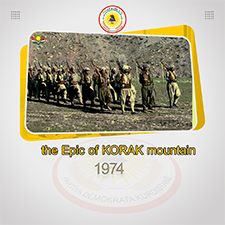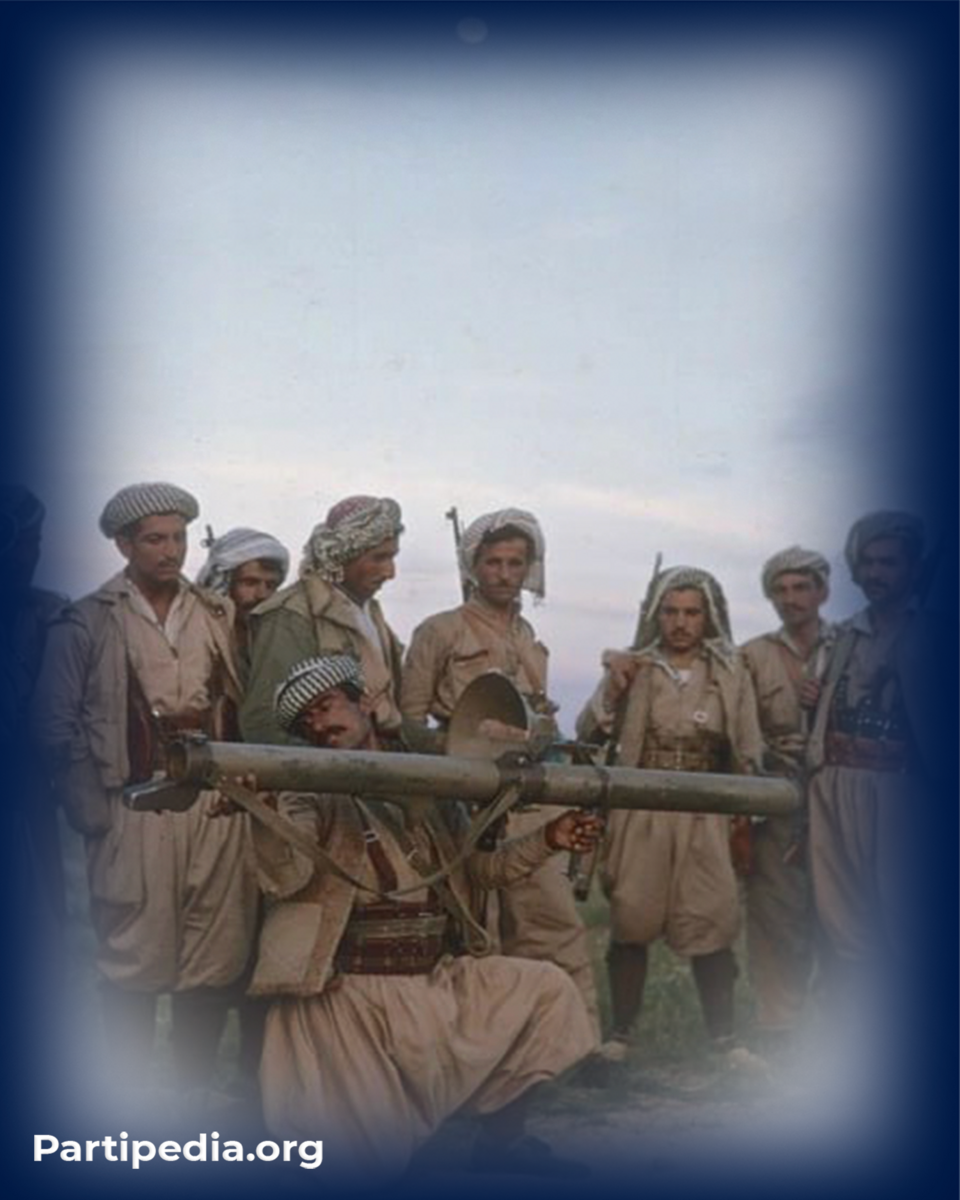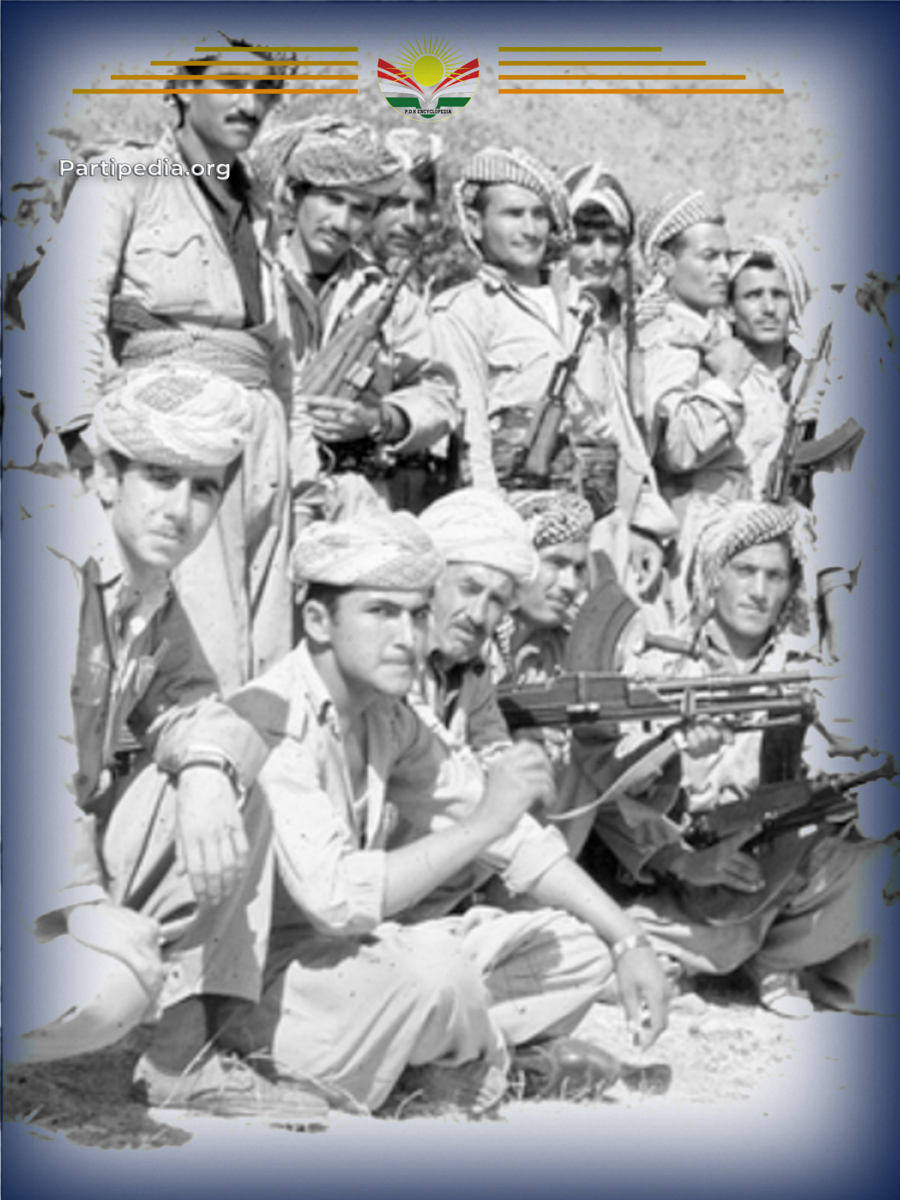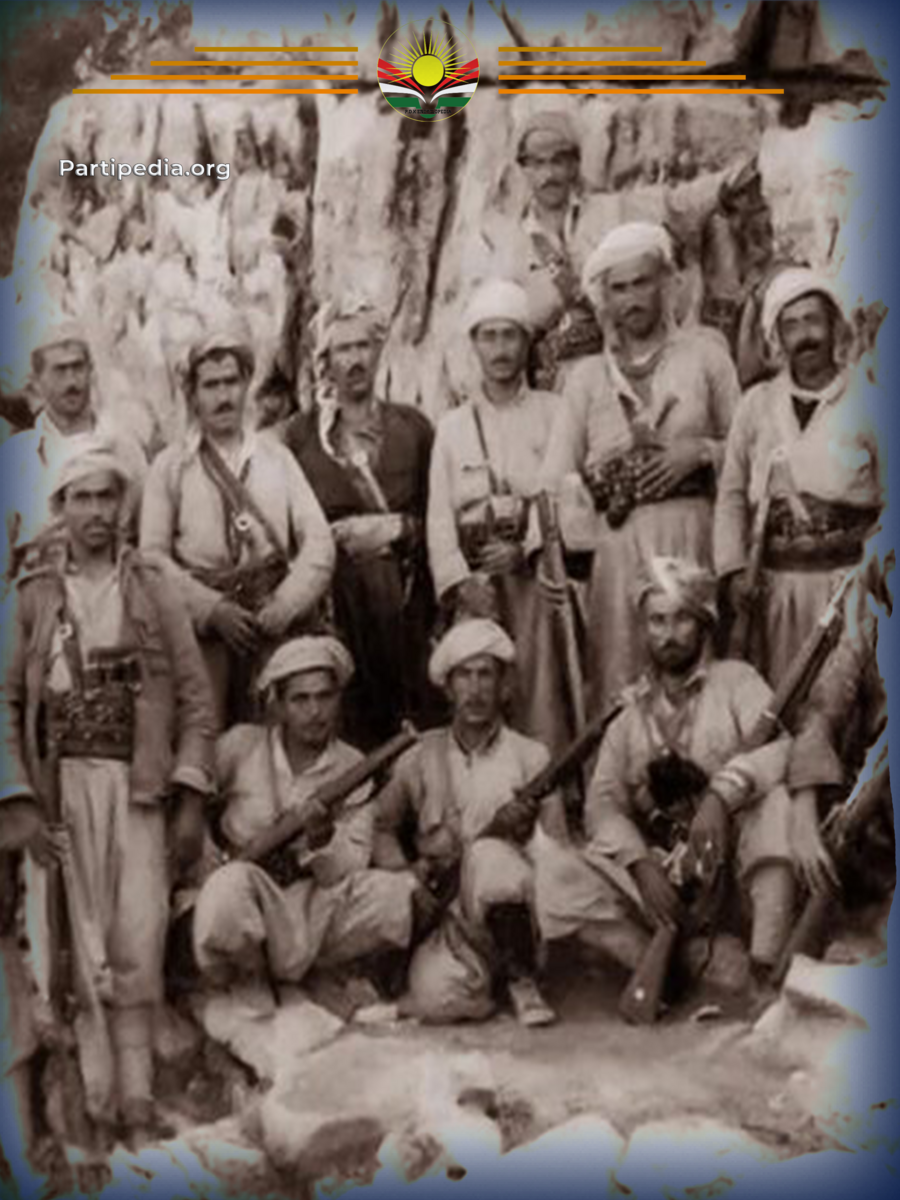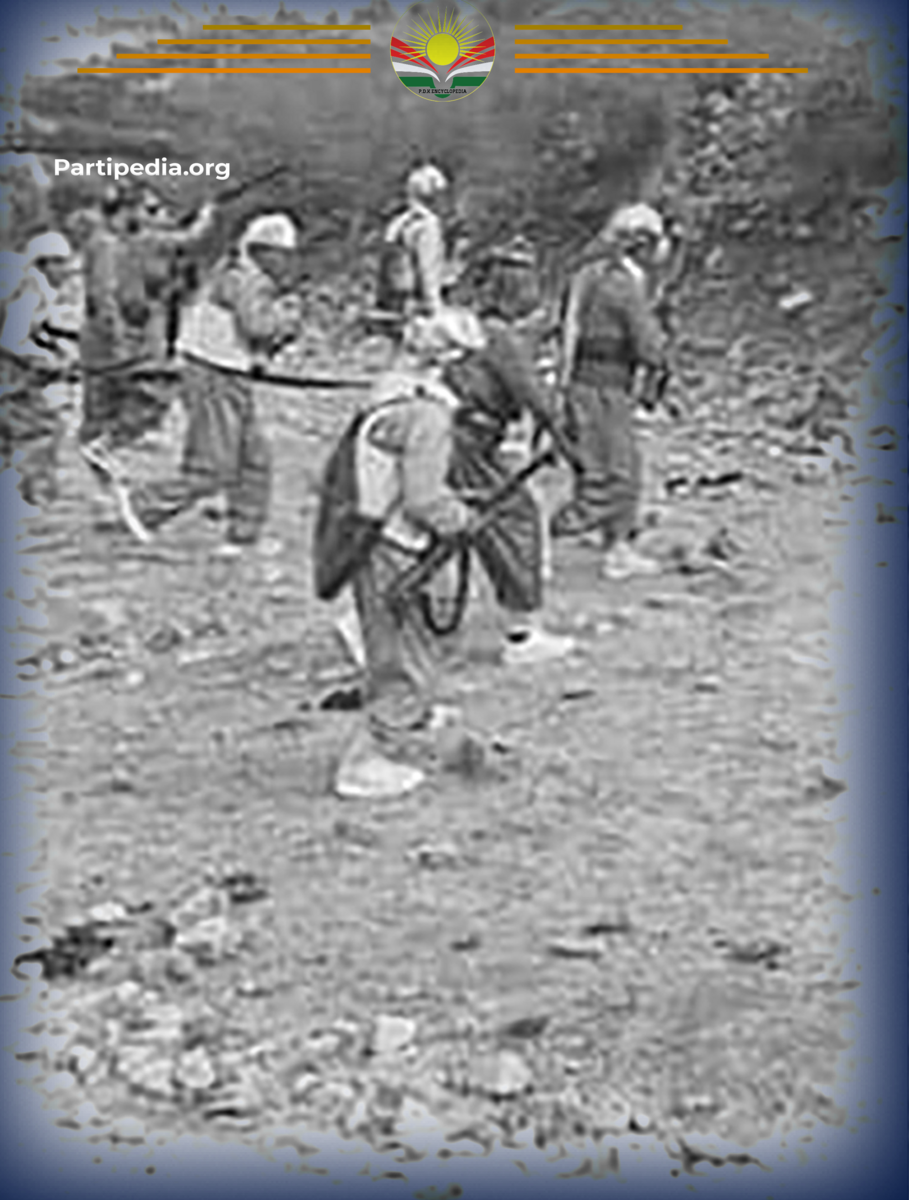Mount Korak is one of the region's most important and strategic mountains; if any military force had control over the whole mountain, the city of Rawandz and the surrounding plain of Diyanan, which is called the Soran basin, would be under the army attacks. The other force would find it challenging to hold on in the area. However, the Iraqi army had earlier withdrawn its troops from Hamiya Ruandz and Balak village. Still, The Spilk area, west of the town of Khalifan, but the top of Mount Koraki had not been evacuated.
During the onset of the 1974 war, the Peshmerga forces launched multiple attacks but were unable to emerge victorious. The Iraqi army, armed with superior weaponry, successfully defended the area.
Mount Korak's geographical location acts as a divider between Ali Beg and Mount Gorazi. In April 1974, the Peshmerga successfully seized the Iraqi army's positions during an attack on Gorez. Despite numerous attempts made by the Iraqi army to recapture it and extend their advances to the Diyanan plain and the Balakaity region, they were unable to succeed.
The Iraqi army planned to advance through Hamilton Road from the flank of Ali Beg Valley. However, the Peshmerga aimed to safeguard their battle line and prevent the Iraqi army's attack by mining the roads and preparing to destroy the bridges. This would prevent the tanks and armoured vehicles of the Iraqi military from crossing.
During the attack, the Peshmergas destroyed several bridges on the road. The soldiers worked to repair the bridges while the military mine and explosives engineering department cleared the mines and opened the roads. Meanwhile, the Iraqi army was shelled by artillery from revolutionary forces in the high areas of the Balakian and Bapshtian mountains. Despite this failed attack, the army's leaders, with guidance from Russian advisers, devised a new plan to continue their offensive.
During the month of April, the Iraqi army launched an attack on the Peshmerga positions situated in the Korak foothills above Bekhal waterfall and Sar-e-Chia. With the aid of warplanes, heavy weapons, and numerous soldiers, they were able to capture certain areas, including Darqasp and Gor Nok, resulting in casualties on both sides. Despite this, the Peshmerga held their ground and successfully forced the Iraqi army out of those locations. On April 19, 1974, they launched a counterattack and regained control of their positions.
On August 8, 1974, Lieutenant General Ismail Taye Naimi commanded the Iraqi army in a large-scale offensive against the mountains of Korrek and Goraz. The goal was to overtake Ruandz and Diyana Plain by breaking through the Peshmerga positions. Due to the difficult terrain, the Iraqi army could not rely on tanks and armoured vehicles. The Peshmerga forces put up a strong resistance and counterattacked, resulting in the defeat and retreat of the Iraqi army. The battlefield was left with 400 dead bodies from the Iraqi military, while six Peshmergas lost their lives in the battle. It is worth noting that the revolution's artillery, under the command of Hali Dolamari, played a crucial role in defeating the Iraqi army's attack.
The Iraqi army did not give up on this defeat but changed its strategy. The Iraqi military thought of a plan that was far from the Peshmerga's imagination—under the command of Lieutenant Colonel Abdul Wahab, the Iraqi army repaired a road from the top of Mount Korrek in the darkness of the night. That is, between Korrek and Bekhal, which used heavy bulldozers to remove the boulders and open the way for armoured tanks.
In the early hours of August 18, 1974, the Iraqi military deployed their 5th Mountain Infantry of the 4th Brigade and the 2nd Tank Battalion of the 8th Armored Force, equipped with Soviet T55 tanks and American M113 armoured vehicles, to launch an attack. They descended from the mountain and advanced towards the road leading to Bekhal.
The Iraqi army gained an advantage, causing the Peshmerga to retreat and evacuate their positions. The Iraqi army's artillery then entered the city of Ruandz. Additionally, the Iraqi military moved towards the heavy machine gun located at the bottom of Bapshti Mountain that overlooked Ali Beg Valley. Their goal was to provide support to the Peshmerga forces stationed in Mount Goraz, Ali Beg Valley and Korak Hill. However, in Ali Beg Valley, the heavy machine gun proved to be a significant challenge for the Iraqi army soldiers who were unable to leave the KANI MARAN located inside the valley. Unfortunately, three Peshmergas were taken prisoner when they were unaware of the situation and the Iraqi army's guns reached them.
The Iraqi army has been engaged in a five-month long battle to recapture Ruandz and Diyana regions. The Peshmerga forces were forced to withdraw from Goraz Mountain, ultimately retreating to Diana's rear. The peshmarga troops also retreated from Mount Korak's foothills in Bekhali to Banakaul and Barzewe, where they set up a defensive line in the Akoyan Valley, Hindren, Zozk, and the Omar Agha Gorge.
Resources:
- ( ) دیمانه لهگهڵ قادر حهسهن سیتكانی پێشمهرگهی شۆرشی ئهیلوول 31/12/2022.
- غازی عادل گهردی، پێشمهرگهیهك له خزمهت بارزانیدا ... حهجی بێڕۆخی، بهرگی یهكهم، چاپی دووهم، 2020، ل446-448.
- سهنگهر ئيبراهيم خۆشناو، ڕوداوه سهربازيهكانى شۆڕشى ئهيلوول1970-1975، چاپى يهكهم، ههولێر، 2022، ل201.
- دیمانه نوری حەمەدئەمین حەسەن، پێشمهرگهی شۆڕشی ئهیلوول، ئهرشیفی ئینسكلۆپیدیا.
- مسعود بارزانی، بارزانی و بزوتنهوهی ڕزگاریخوازی كورد، بهرگی سێیهم، بهشی دووهم، چاپی یهكهم، ههولێر 2004، ل157.
- دیمانه : محمد عزیز عمر، پێشمهرگهی شۆڕشی ئهیلوول، 18/1/2023.




